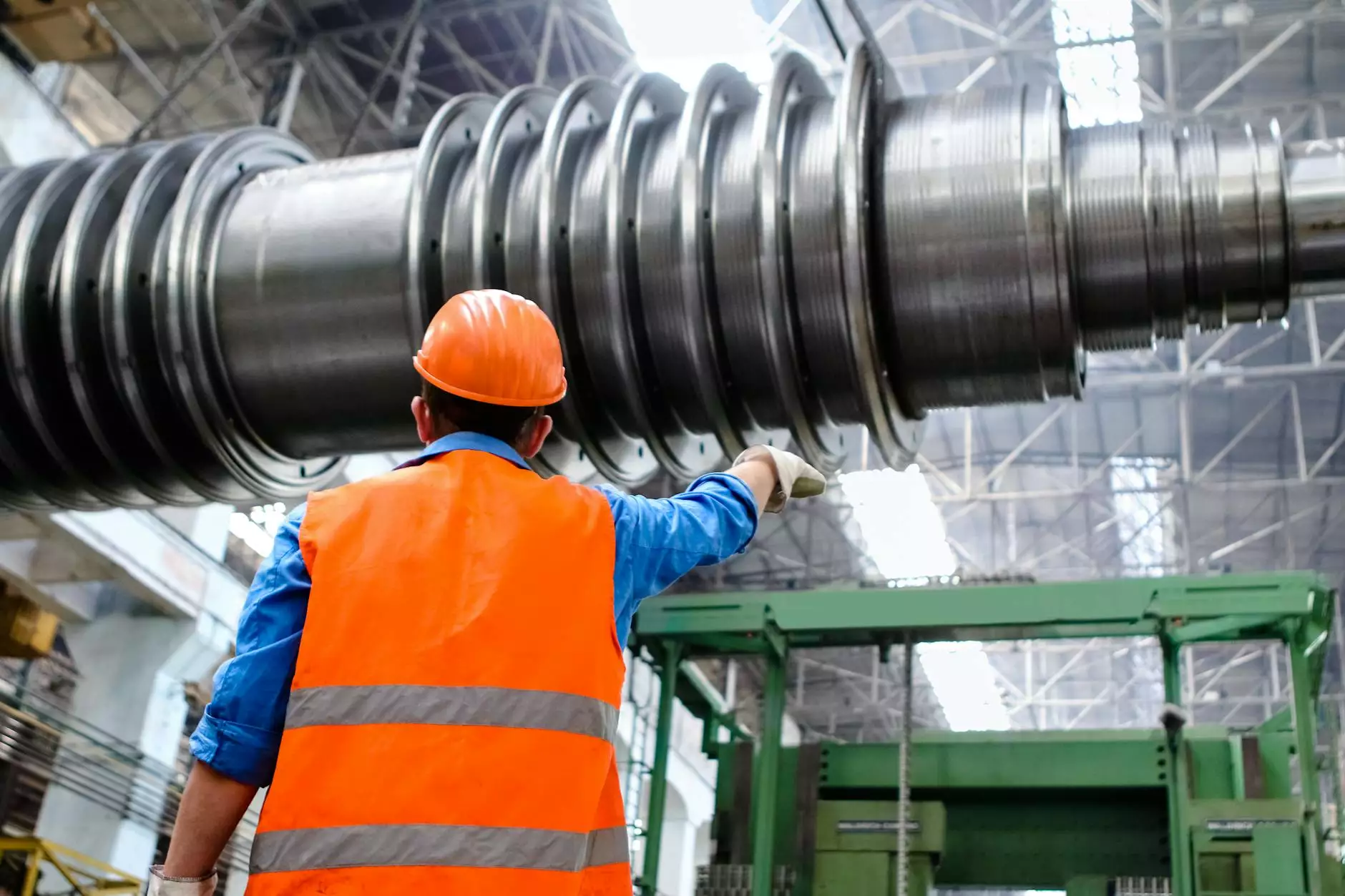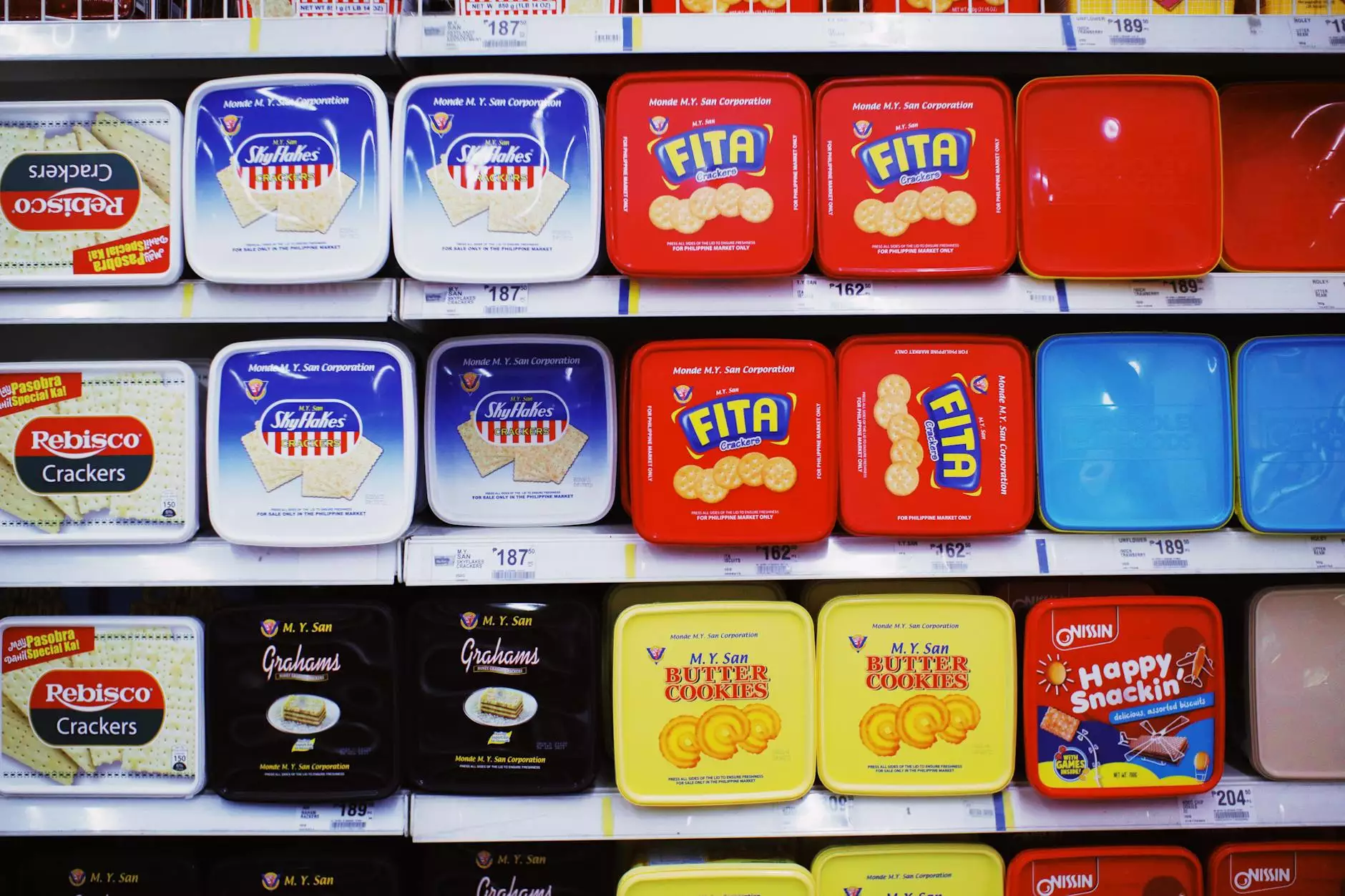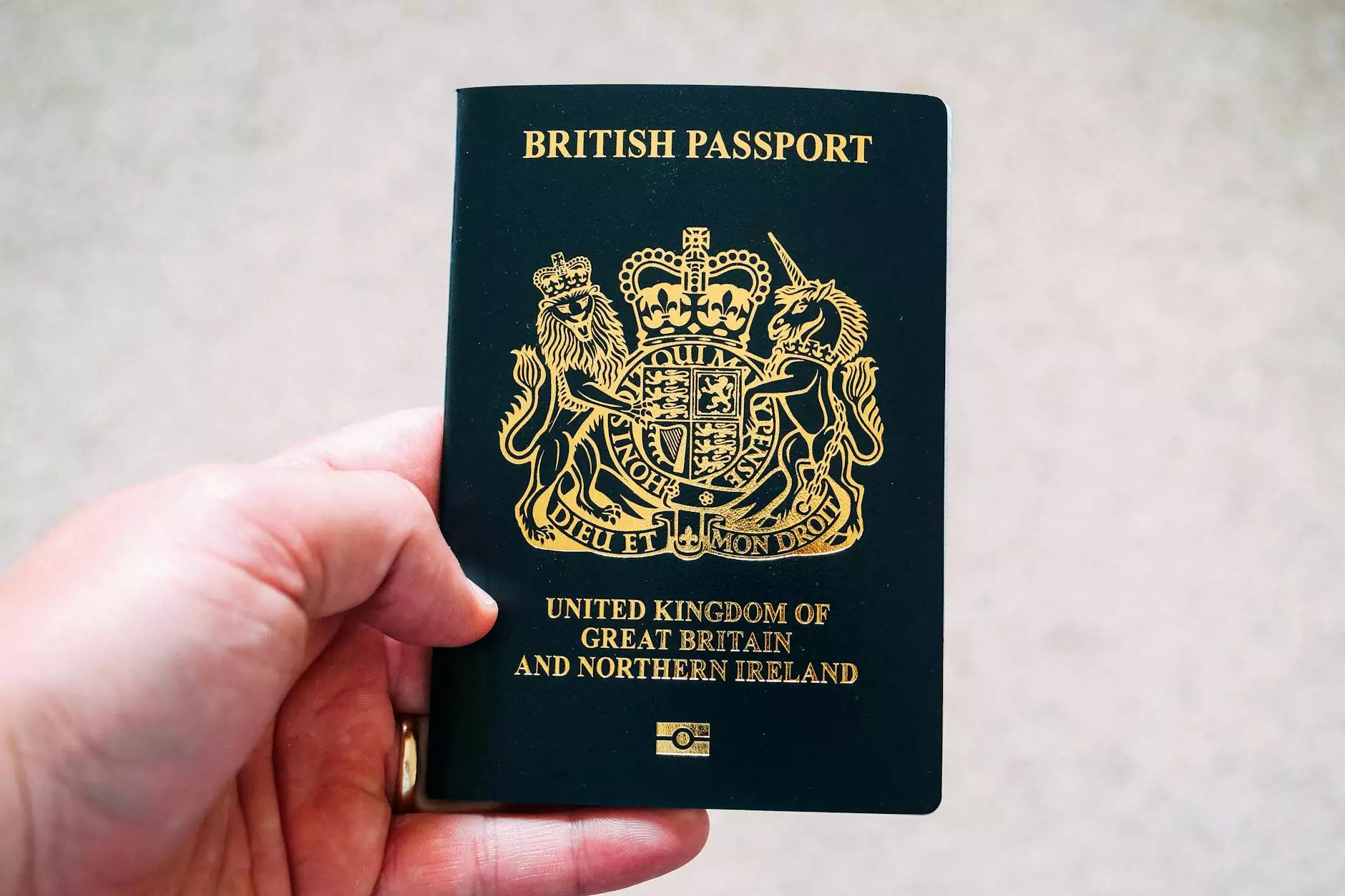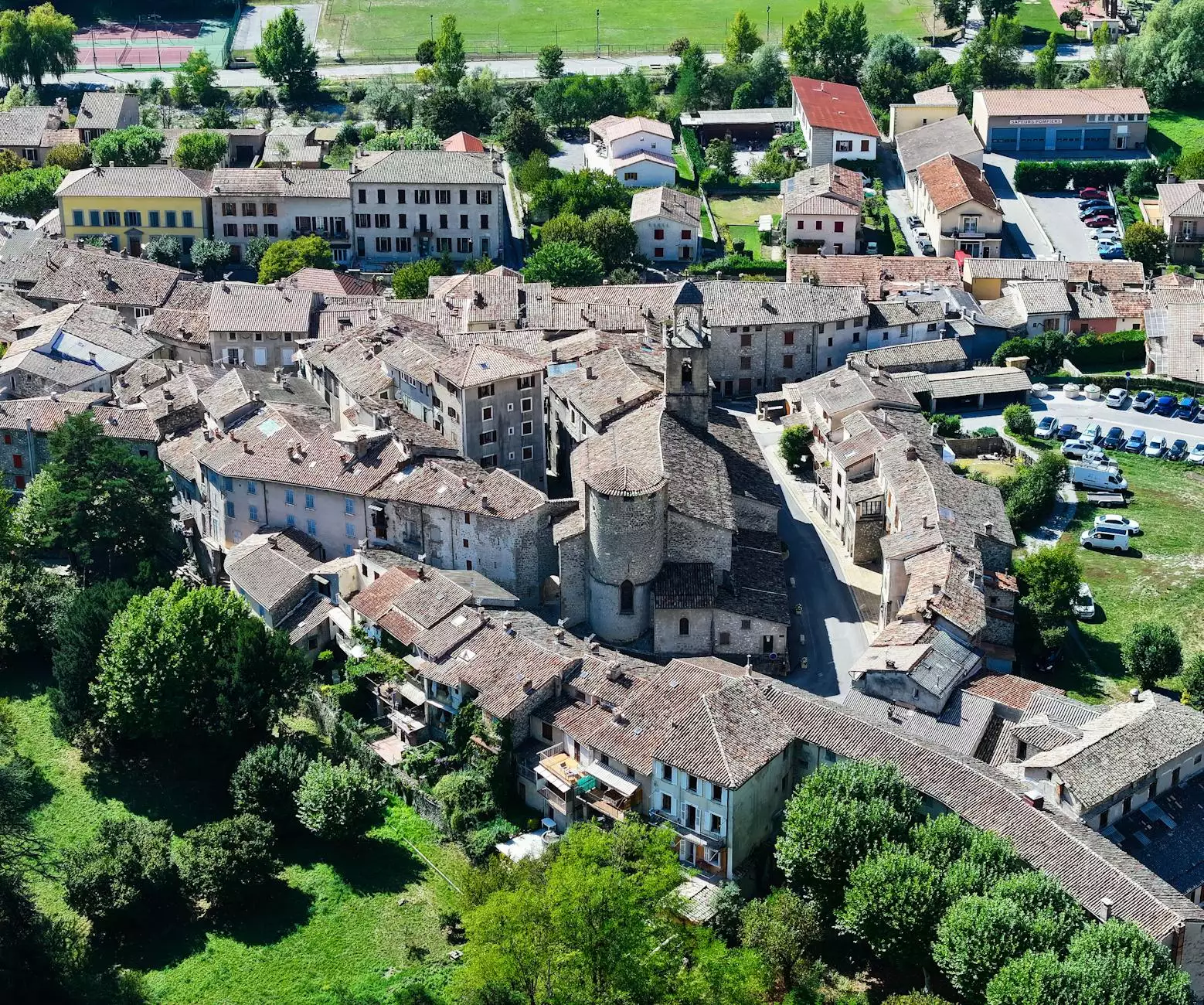Arabica vs Robusta vs Liberica: The Ultimate Guide to Coffee Varieties

Coffee is more than just a beverage; it's a cultural phenomenon, a daily ritual, and a source of comfort for millions around the globe. With its rich varieties, it offers unique flavors, aromas, and experiences that can transform your mornings. In this guide, we will delve deep into the three most prominent coffee species: Coffea arabica, Coffea canephora (commonly known as Robusta), and Coffea liberica. We will compare these varieties across several criteria including taste, caffeine content, growth conditions, and more.
1. The World of Coffee: Introduction to Coffee Species
The coffee plant has thrived for centuries, leading to the development of various species adapted to different climates and preferences. The most widely cultivated species, Arabica, Robusta, and Liberica, each come with distinctive features that appeal to different palates and production methods.
2. Understanding Coffea Arabica
Arabica coffee beans are often regarded as the royalty of the coffee world. They represent about 60-70% of the world’s coffee production and are highly sought after for their smooth and complex flavor profiles.
2.1 Flavor Profile
Arabica beans are characterized by a wide range of flavors. Here are some notable aspects:
- Sweetness: Arabica coffee often features natural sweetness.
- Acidity: It has a higher acidity level which contributes to its brightness.
- Fruity and floral notes: These beans can carry hints of fruits, berries, and florals.
2.2 Growing Conditions
The Arabica plant thrives in high-altitude regions, typically between 2,000 to 6,000 feet. It prefers cooler temperatures and is sensitive to pests and diseases, which contributes to its higher price. Major producers include Brazil, Colombia, and Ethiopia.
2.3 Caffeine Content
Arabica beans contain less caffeine than their Robusta counterparts, averaging about 1.2% to 1.5% caffeine content. This lower caffeine level contributes to their smoother taste, making them a favorite for those who enjoy mild and aromatic coffee.
3. Discovering Coffea Canephora (Robusta)
Robusta coffee beans are the second most popular coffee species. They account for about 30-40% of global coffee production and are known for their robust and strong flavor.
3.1 Flavor Profile
Robusta coffee is characterized by the following:
- Bitter taste: It is often described as having a strong and bitter flavor profile.
- Earthy notes: These beans often present more earthy and woody tones.
- Lower acidity: Compared to Arabica, Robusta has a lower acidity, resulting in a thicker crema when brewed.
3.2 Growing Conditions
The Robusta plant is hardy and adaptable, thriving at lower altitudes, typically between 800 to 2,000 feet. It is resistant to certain pests and diseases, which allows it to be grown in a wider range of climates. Major producers of Robusta include Vietnam, Brazil, and Indonesia.
3.3 Caffeine Content
Robusta beans boast a higher caffeine content, usually ranging from 2.2% to 2.7%. This higher caffeine level not only contributes to the robust flavor but also makes it a popular choice for espresso blends due to its ability to provide more body and create a thicker crema.
4. Exploring Coffea Liberica
Liberica coffee beans are less common compared to Arabica and Robusta, often described as the wild card of the coffee world. They are primarily grown in West Africa and parts of Southeast Asia.
4.1 Flavor Profile
The taste profile of Liberica can be quite unique:
- Fruity and floral characteristics: Often described as having a fruity aroma with floral hints.
- Woody notes: The flavor can sometimes be reminiscent of wood, adding to its distinctive nature.
- Low acidity: Like Robusta, Liberica has lower acidity, making it easier on the stomach for some drinkers.
4.2 Growing Conditions
The Liberica plant thrives in tropical regions and can tolerate various climatic conditions. However, it is less commercially appealing due to its unconventional flavor and is grown in smaller quantities mainly in Liberia, Malaysia, and the Philippines.
4.3 Caffeine Content
The caffeine content in Liberica beans varies but is similar to Arabica, typically around 1.5%. The caffeine level contributes to its bold flavor, but it is generally not the primary reason why coffee lovers choose Liberica.
5. Comparing the Three Varieties
To provide a clearer comparison between the three coffee varieties—Arabica, Robusta, and Liberica—we have summarized the key differences in the table below:
CharacteristicArabicaRobustaLibericaFlavor ProfileSmooth, complex, fruity, floralStrong, bitter, earthyFruity, floral, woodyCaffeine Content1.2% - 1.5%2.2% - 2.7%~1.5%Growth ConditionsHigh altitudes, sensitiveLower altitudes, hardyTropical, adaptableMarket Share60-70%30-40%Less common6. Brewing Techniques for Each Coffee Variety
Each coffee variety has its preferred methods of brewing to best express its unique flavors.
6.1 Brewing Arabica
Arabica coffee is best brewed using a pour-over or French press to highlight its delicate flavors. Here’s a basic method for brewing:
- Grind your Arabica beans to a medium-coarse consistency.
- Use filtered water heated to about 195-205°F.
- For every 1 gram of coffee, use approximately 15-18 grams of water.
- Pour water evenly over the grounds and let it steep for about 4-5 minutes.
- Strain and enjoy your aromatic cup of coffee!
6.2 Brewing Robusta
Robusta beans can handle higher temperatures and are often brewed as espressos or in robust coffee blends. A simple espresso recipe goes as follows:
- Grind your Robusta beans finely.
- Heat water to about 200°F.
- Use about 18-20 grams of coffee for a double shot of espresso.
- Extract for about 25-30 seconds for a rich crema.
6.3 Brewing Liberica
Liberica can be brewed similarly to Arabica but often benefits from traditional methods like kopi tubruk (a Javanese method). Here’s how:
- Coarsely grind your Liberica beans.
- Add coffee and sugar directly into boiled water.
- Let it steep for about 8-10 minutes.
- Strain and enjoy the distinctive flavors!
7. Conclusion: Choose Your Coffee
Understanding the differences between Arabica, Robusta, and Liberica allows coffee enthusiasts to appreciate their choices better. Each variety has its unique flavor profiles, growing conditions, and brewing methods, providing a broad spectrum of tastes and experiences.
Choosing the right coffee for you comes down to personal preference. Whether you favor the sophisticated taste of Arabica, the boldness of Robusta, or the exotic nature of Liberica, there is a coffee diversity waiting to be explored. So, the next time you brew a cup, consider the journey from bean to brew and savor each sip!
For more coffee insights and exciting brewing techniques, visit us at CoffeeVideoMagazine.com.
arabica vs robusta vs liberica








